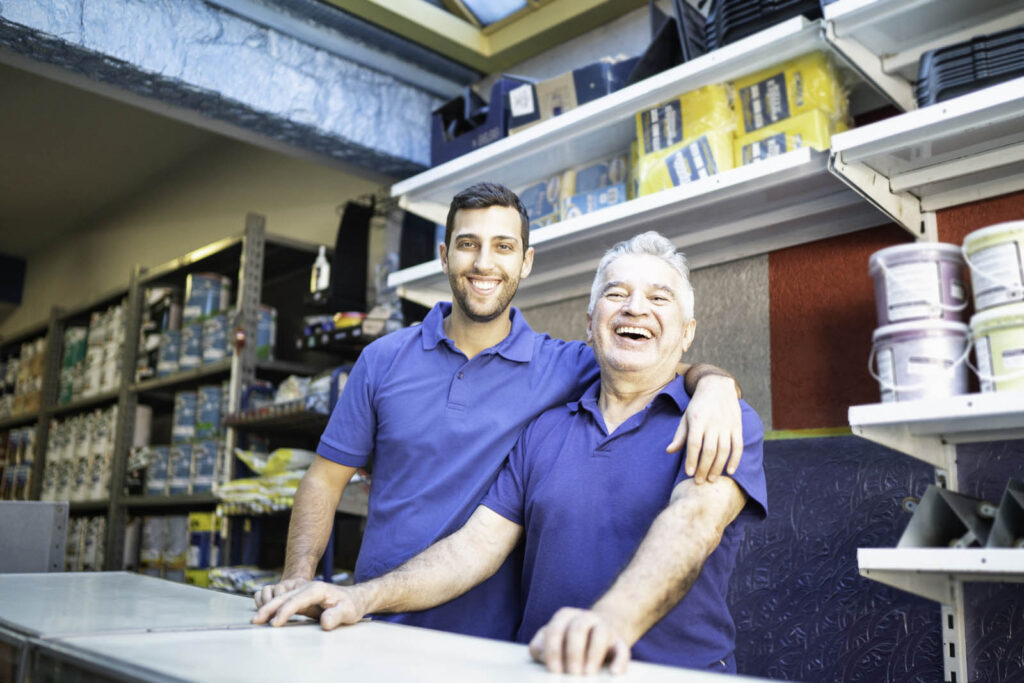
overview
What happens when a successful brand—one that historically “owned” its category—finds itself in a declining category? And when that brand moves into adjacent products – but sales suggest it lacks meaning and relevance – what should it do?
A struggling home improvement brand approached C+R to conduct a brand audit with the goal of repositioning and reintroducing their brand.
THE PROBLEM
At a Crossroads and Looking for a New Identity
Our client’s brand was at a crossroads. The 2009 recession, along with market consolidation, expansion into new channels, new product innovations, and advertising and promotional activities, had created intense competition in the category. In addition, Millennials were increasingly finding the category—and our client’s brand—less relevant.
The client had expanded its flagship brand into adjacent channels and categories to keep pace with market dynamics. Yet, internally, there were concerns about the brand’s meaning and relevance with DIYers and Pros, the equity that it conveyed to these segments, and its elasticity.
The client management team believed there was a white-space opportunity to reinvent and reposition itself. The challenge was to develop brand positioning and creative marketing materials that were ownable, leverageable, sustainable, and extendable to grow the brand into the future.

OUR APPROACH
A Comprehensive, Multi-Phase Brand Audit
C+R designed a comprehensive, multi-phase brand audit aimed at creating a revised positioning for our client’s brand—one that would unify current and future product initiatives and engage new segments.
In the initial phase, we conducted internal stakeholder interviews to gather ingoing brand equity and positioning insights that could help frame discussion areas and build hypotheses around the brand’s values. Next, exploratory discussion groups with DIYers and webcam conversations with Pros built empathy and understanding behind category/brand drivers and differentiators.
Following the initial phase, we hosted a day-long workshop with a cross-functional client team. After debriefing key insights from the first phase, we led several rounds of hands-on exercises to generate potential positionings. Each team was given a different consumer vignette (inspired by actual research participants) and challenged to create positionings relevant to “their” consumer based on the consumer’s unique attitudes, behaviors, and needs. To combat the inevitable afternoon slump and inspire additional positionings, participants were then tasked with turning each of the brand’s core strengths into a superhero.
Throughout the workshop, we followed design-thinking principles of divergence and convergence, landing on six unique and differentiated positionings (ranging from closer-in, more functional positionings to further out, more emotionally-driven ones).
Next, iterative rounds of discussion groups with Brand and Competitive consumers, as well as Pros, helped the team refine and converge on the most relevant positionings. C+R then implemented a quantitative survey to validate positionings with DIYers and Pros and inform development of a new brand architecture. The brand’s agency used this input to build creative platforms.
In the final phase, iterative discussion groups with DIYers and Pros were conducted to understand perceptions of the creative platform options, the new naming architecture, and potential label re-designs, so the brand could optimize the best approach forward.

The result
Internalizing the New Master Brand
A new Master Brand positioning grew out of C+R’s comprehensive research approach.
Because the client team and agency were actively engaged throughout the research process, they were enfranchised in the results; there was no “sell-in” necessary. By participating in the process, stakeholders developed a deep, holistic understanding of their customers and internalized the new Master Brand.
Fully committed to the new positioning, when making strategic decisions, the company now takes a step back and asks, “Is this consistent with our new Brand?”


proven experience
related case studies
